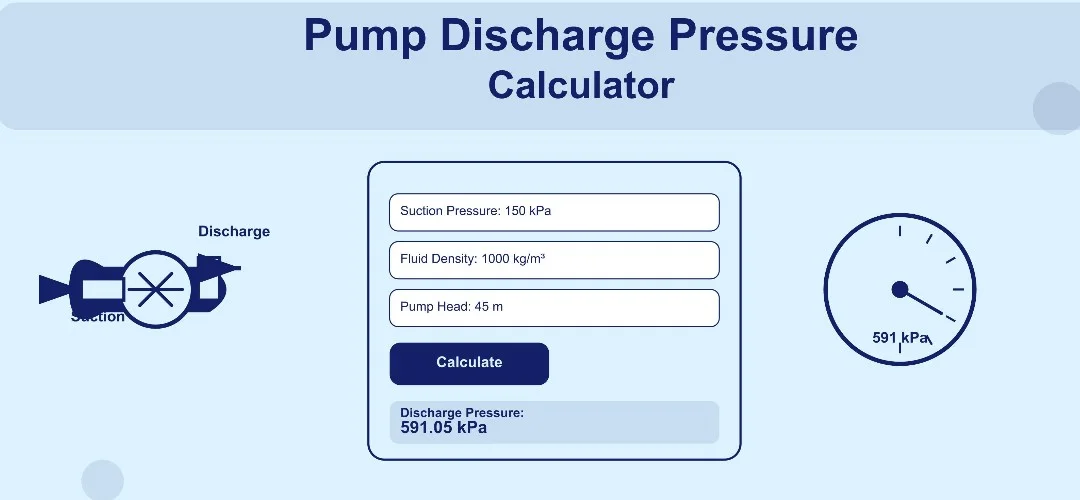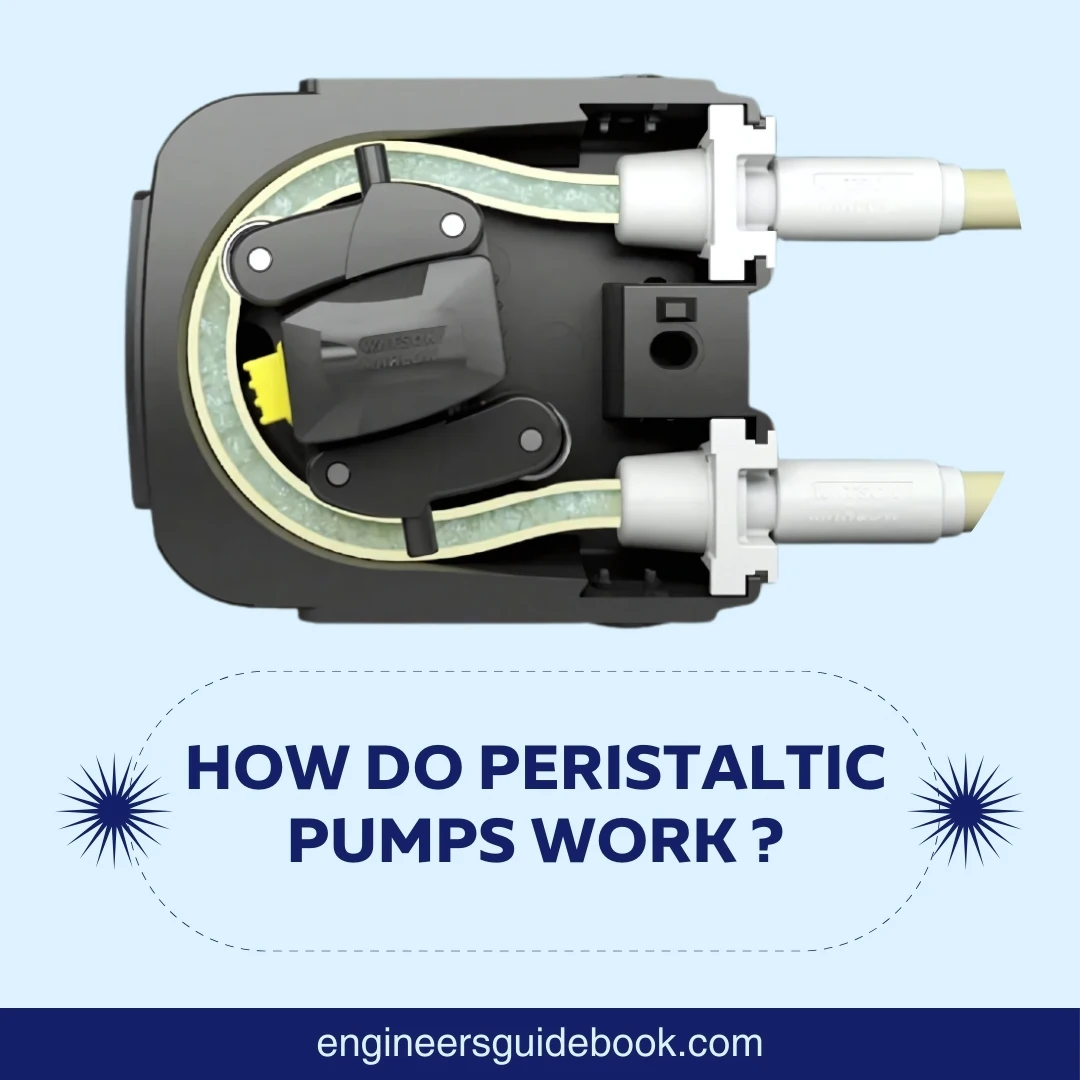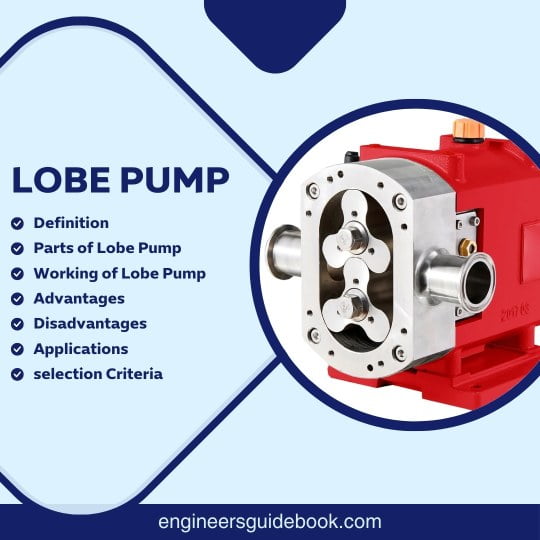1. Introduction
Transformers serve as fundamental components within electrical networks, facilitating the seamless transmission of electrical energy across varying voltage levels. These devices operate on the principle of electromagnetic induction, ensuring that power can be transferred efficiently between circuits while maintaining electrical isolation.
By altering voltage levels as required, transformers play an indispensable role in the optimization of electrical energy usage across residential, commercial, and industrial sectors.
Transformers are pivotal in modern power systems, ensuring voltage regulation, safety, and energy efficiency. In power distribution, they enable long-distance electricity transmission by stepping up voltage, minimizing energy losses in transmission lines, and subsequently stepping it down for safe domestic or industrial consumption.
2. Classification of Transformers
2.1 Based on Voltage Levels
2.1.1 Step-Up Transformers
Step-up transformers increase the voltage from the primary winding to the secondary winding. They are essential in power generation facilities, where they enhance voltage levels before electricity is transmitted through high-voltage transmission lines. This minimizes current flow, reducing resistive losses and enhancing transmission efficiency.
2.1.2 Step-Down Transformers
Conversely, step-down transformers reduce voltage to levels suitable for consumer use. Found in distribution networks, they ensure the safe delivery of electrical energy to homes, offices, and industries. These transformers are essential for maintaining voltage consistency and preventing electrical hazards.
2.2 Based on Core Design
2.2.1 Core-Type Transformers
Core-type transformers feature primary and secondary windings wound around a laminated magnetic core. This design enhances magnetic flux efficiency, reducing energy losses. They are widely used in high-voltage applications due to their ability to sustain high power loads.
2.2.2 Shell-Type Transformers
Shell-type transformers have windings enclosed within the core, providing superior mechanical strength and insulation. This structure enhances protection against external electromagnetic interference, making them ideal for applications requiring stable voltage regulation.
2.3 Based on Phases
2.3.1 Single-Phase Transformers
Single-phase transformers operate with a single alternating current (AC) cycle and are commonly used in residential power supply systems and small-scale industrial applications. Their design is simpler, making them cost-effective for low-power applications.
2.3.2 Three-Phase Transformers
Three-phase transformers consist of three interconnected windings, enabling them to handle large electrical loads. These transformers are fundamental in industrial settings, large commercial infrastructures, and power grids where balanced energy distribution is required.
2.4 Based on Function and Application
2.4.1 Power Transformers
Power transformers facilitate high-voltage electricity transmission between substations and generation plants. Designed for efficiency, they operate continuously, handling large electrical loads with minimal energy losses.
2.4.2 Distribution Transformers
Distribution transformers convert high-voltage electricity from transmission lines into lower, usable voltages. They are commonly installed on utility poles or underground distribution networks, ensuring a stable power supply for consumers.
2.4.3 Instrument Transformers
Instrument transformers, including current and potential transformers, are used in measurement and protection systems. They ensure accurate voltage and current monitoring, aiding in system control and fault detection.
2.4.4 Special-Purpose Transformers
Special-purpose transformers are customized for niche applications, such as furnace transformers for industrial heating, rectifier transformers for DC supply systems, and pulse transformers for signal transmission in electronics.
3. Step-Up Transformers
3.1 Working Principle and Design
Step-up transformers function by increasing voltage while reducing current, allowing efficient long-distance electricity transmission. They consist of a primary coil with fewer windings and a secondary coil with more windings, inducing a higher output voltage through electromagnetic induction.
3.2 Key Industrial and Power Generation Applications
These transformers are crucial in power plants, enabling the efficient transfer of electricity to the national grid. They also find applications in renewable energy systems, such as wind and solar farms, where they step up voltage before integration into the grid.
3.3 Advantages and Limitations
Step-up transformers reduce energy losses and improve transmission efficiency. However, their installation and maintenance costs are high, and they require proper insulation and cooling systems to prevent overheating.

4. Step-Down Transformers
4.1 Functionality and Construction
Step-down transformers lower voltage levels to ensure electrical safety and compatibility with end-user devices. Their construction involves a primary coil with more windings than the secondary coil, facilitating voltage reduction while maintaining power integrity.
4.2 Role in Domestic and Industrial Power Supply
Essential in household appliances, step-down transformers enable the safe operation of electrical devices. In industrial settings, they power machinery and equipment with specific voltage requirements.
4.3 Efficiency and Safety Considerations
These transformers improve energy distribution by minimizing fluctuations and voltage surges. However, overheating and insulation breakdown can pose risks, necessitating regular maintenance.

5. Power Transformers
5.1 High-Voltage Transmission
Power transformers maintain voltage stability in electrical grids by efficiently managing high-voltage transmission. Their robust design ensures minimal energy losses, facilitating reliable electricity distribution over vast distances.
5.2 Applications in Substations and Power Plants
Found in substations, power transformers regulate voltage before distribution to consumers. They are also integral to power plants, where they enable seamless electricity transmission from generation sources.
5.3 Longevity and Maintenance Factors
With proper maintenance, power transformers can operate for decades. Routine inspections, oil testing, and cooling system checks are essential for prolonging their lifespan and ensuring operational efficiency.

6. Distribution Transformers
6.1 Role in Local Electricity Distribution Networks
Distribution transformers serve as crucial components in electrical distribution networks, ensuring the seamless transmission of electricity from substations to end-users. These transformers operate at lower voltage levels compared to power transformers, stepping down high transmission voltages to safer, usable levels for residential, commercial, and industrial consumers. They are strategically positioned within the power grid to minimize transmission losses and maintain voltage stability.
6.2 Types of Distribution Transformers: Pole-Mounted vs. Pad-Mounted
Distribution transformers come in two primary configurations: pole-mounted and pad-mounted.
- Pole-Mounted Transformers: Installed on utility poles, these compact transformers are commonly used in rural and suburban areas where underground power lines are impractical. They are designed to withstand environmental factors like wind, rain, and temperature fluctuations.
- Pad-Mounted Transformers: Found in urban and industrial settings, these transformers are installed at ground level within protective enclosures. They facilitate underground power distribution, enhancing safety and aesthetics in densely populated areas.
6.3 Efficiency Standards and Energy Loss Reduction
Efficiency is a key concern in distribution transformers, as even minor energy losses translate into significant economic and environmental costs.
These transformers are subject to stringent efficiency standards, such as DOE (Department of Energy) regulations and IEC (International Electrotechnical Commission) standards. Advancements in core materials, improved winding techniques, and energy-efficient designs contribute to minimizing core and copper losses, ultimately enhancing overall grid efficiency.

7. Instrument Transformers
7.1 Purpose in Measurement and Protection Systems
Instrument transformers, comprising current transformers (CTs) and potential transformers (PTs), play a pivotal role in electrical measurement and protection. They facilitate accurate monitoring of electrical parameters such as current and voltage, enabling precise metering and system protection. By isolating measurement instruments from high-voltage circuits, they enhance safety and prevent damage to sensitive equipment.
7.2 Current Transformers (CTs)
Current transformers are designed to step down high current levels to manageable values for meters and protective relays. These transformers ensure accurate current measurement and play a crucial role in circuit protection by detecting overloads and faults. They are widely used in power substations, industrial plants, and commercial buildings.
7.3 Potential Transformers (PTs)
Potential transformers, also known as voltage transformers, reduce high voltages to standardized levels suitable for metering and control devices. They enable utilities and industries to monitor voltage fluctuations, ensuring stable power distribution. PTs are essential in grid management, automation systems, and energy auditing applications.

8. Isolation Transformers
8.1 How Isolation Transformers Improve Electrical Safety
Isolation transformers provide galvanic isolation between primary and secondary windings, preventing direct electrical contact and reducing the risk of electric shock. They eliminate ground loops, mitigating interference and ensuring stable operation of sensitive electronic systems.
8.2 Use in Medical Equipment and Sensitive Electronics
Medical devices and precision electronics require ultra-clean power free from electrical noise and surges. Isolation transformers safeguard such equipment from power fluctuations, enhancing reliability in hospitals, laboratories, and research facilities. They also play a crucial role in data centers and audio-visual applications.
Despite their benefits, isolation transformers pose challenges such as increased weight, size, and cost. Engineers optimize designs by using high-quality insulation materials, efficient winding techniques, and compact core configurations to enhance performance while minimizing bulk.

9. Auto-Transformers
9.1 Unique Single-Winding Structure and Working Principle
Unlike conventional transformers with separate primary and secondary windings, auto-transformers use a single winding with multiple tap points. This design reduces material usage, making them more compact and cost-effective while maintaining voltage transformation capabilities.
9.2 Role in Voltage Regulation and Motor Contro
Auto-transformers are extensively used in voltage regulation applications, including motor starters, railway electrification, and power conditioning systems. Their ability to provide variable voltage outputs makes them ideal for industrial and automation applications.
The simplified design of auto-transformers results in lower manufacturing costs, reduced weight, and smaller footprint compared to conventional transformers. These advantages make them highly desirable for space-constrained installations and budget-sensitive projects.

10. Ferrite Core Transformers
10.1 The Role of Ferrite Cores in High-Frequency Applications
Ferrite core transformers leverage magnetic properties of ferrite materials to operate efficiently at high frequencies. Their low eddy current losses and superior permeability make them ideal for switching power supplies and RF applications.
10.2 Applications in SMPS
Ferrite core transformers are integral to switch mode power supplies (SMPS), found in consumer electronics, telecommunications equipment, and industrial automation. They also support signal transmission in radio frequency (RF) communication devices, ensuring minimal signal distortion.
Key design factors for ferrite core transformers include core geometry, winding techniques, and cooling mechanisms. Engineers optimize these parameters to maximize efficiency and thermal performance in demanding electronic applications.

11. Oil-Cooled vs. Dry-Type Transformers
11.1 Oil-Cooled Transformers
Oil-cooled transformers use mineral or synthetic oil to dissipate heat generated during operation. They are preferred for high-power applications in substations and industrial facilities due to their superior cooling efficiency and extended lifespan.
11.2 Dry-Type Transformers
Dry-type transformers, which rely on air or epoxy-based insulation for cooling, are safer for indoor applications and environments with fire hazards. They are commonly used in hospitals, commercial buildings, and underground power distribution networks.
11.3 Comparison of Reliability, Maintenance, and Cost
Oil-cooled transformers offer higher efficiency but require periodic maintenance due to oil degradation and potential leaks. Dry-type transformers, while costlier upfront, offer lower maintenance requirements and enhanced safety, making them suitable for specialized applications.

12. Special-Purpose Transformers
12.1 Furnace Transformers
Furnace transformers are engineered to supply immense current loads required for electric arc furnaces in steelmaking and metal processing industries. Their robust construction ensures stable operation under extreme thermal and electrical stress.

12.2 Rectifier Transformers
Rectifier transformers convert AC power into DC power, essential for industrial electrochemical processes, railway traction systems, and high-voltage DC transmission (HVDC) applications.
12.3 Phase-Shifting Transformers
Phase-shifting transformers regulate power flow between interconnected grids, preventing overloads and optimizing grid stability. They play a crucial role in managing transmission congestion and facilitating renewable energy integration.

12.4 Pulse Transformers
Pulse transformers are specialized for transmitting high-frequency pulses with minimal distortion. They are widely used in digital circuits, telecommunications, and radar systems to ensure signal integrity and efficient data transmission.

13. Conclusion
Transformers remain indispensable components of modern electrical infrastructure, enabling efficient energy transmission, voltage regulation, and electrical safety across diverse applications. Their evolution from basic electromagnetic devices to highly specialized components underscores their significance in both industrial and domestic settings.
Understanding the various types of transformers and their specific applications allows engineers, technicians, and businesses to make informed decisions regarding power distribution, equipment protection, and operational efficiency. Whether facilitating large-scale power transmission through step-up transformers or ensuring precise voltage control with instrument transformers, these devices serve as the backbone of electrical engineering.
14. FAQS
1. What is the primary function of a transformer?
A transformer is an electrical device that transfers electrical energy between circuits through electromagnetic induction. It primarily changes voltage levels to facilitate efficient power transmission and distribution.
2. What is the difference between a step-up and a step-down transformer?
A step-up transformer increases voltage while reducing current, making it ideal for high-voltage transmission. A step-down transformer decreases voltage while increasing current, commonly used in domestic and industrial power distribution.
3. How do power transformers differ from distribution transformers?
Power transformers operate at high voltage levels (above 33 kV) and are used in substations and power plants for long-distance electricity transmission. Distribution transformers work at lower voltage levels (below 33 kV) and distribute electricity to homes and businesses.
4. What are the advantages of using an isolation transformer?
Isolation transformers enhance electrical safety by preventing direct electrical connections between circuits. They reduce electrical noise, protect sensitive equipment, and minimize the risk of electric shocks.
5. Why are ferrite core transformers used in high-frequency applications?
Ferrite core transformers minimize energy loss at high frequencies due to their high magnetic permeability and low electrical conductivity. This makes them ideal for switch-mode power supplies (SMPS) and communication devices.
6. What is the purpose of instrument transformers?
Instrument transformers, such as current transformers (CTs) and potential transformers (PTs), enable accurate measurement and protection in power systems. CTs measure high currents safely, while PTs step down high voltages for metering and relay protection.
7. How do oil-cooled and dry-type transformers differ?
Oil-cooled transformers use insulating oil for cooling and are suitable for high-capacity applications. Dry-type transformers use air or epoxy resin insulation, making them safer for indoor installations with fire-risk concerns.
8. What is the role of an autotransformer?
An autotransformer has a single winding that serves both the primary and secondary sides, making it compact and cost-effective. It is commonly used for voltage regulation, motor starting, and laboratory applications.
9. Why are phase-shifting transformers used in power grids?
Phase-shifting transformers control power flow between parallel transmission lines, reducing overloading and enhancing grid stability. They help in managing power transmission efficiently across interconnected networks.
10. What are the latest advancements in transformer technology?
Modern transformers incorporate smart grid integration, IoT-based monitoring, amorphous core materials, and energy-efficient designs to improve performance, reduce losses, and enhance reliability in power distribution systems.







6 Responses
Oh my goodness! Awesome article dude! Thank you so much, However I am going through problems with your RSS.
I don’t know why I am unable to join it. Is there anybody else having identical RSS issues?
Anyone who knows the answer will you kindly respond?
Thanx!!
Thanks for sharing your thoughts on rusine. Regards
If you wish for to improve your know-how just
keep visiting this site and be updated with the nwest
information posted here.
excellent article and you blog design is simple and beauriful
Wow! In the end I got a web site from where I know how to really get helpful data regarding my study and knowledge.
An excellent overview of transformer types. This article is a valuable resource for anyone in the electrical field.